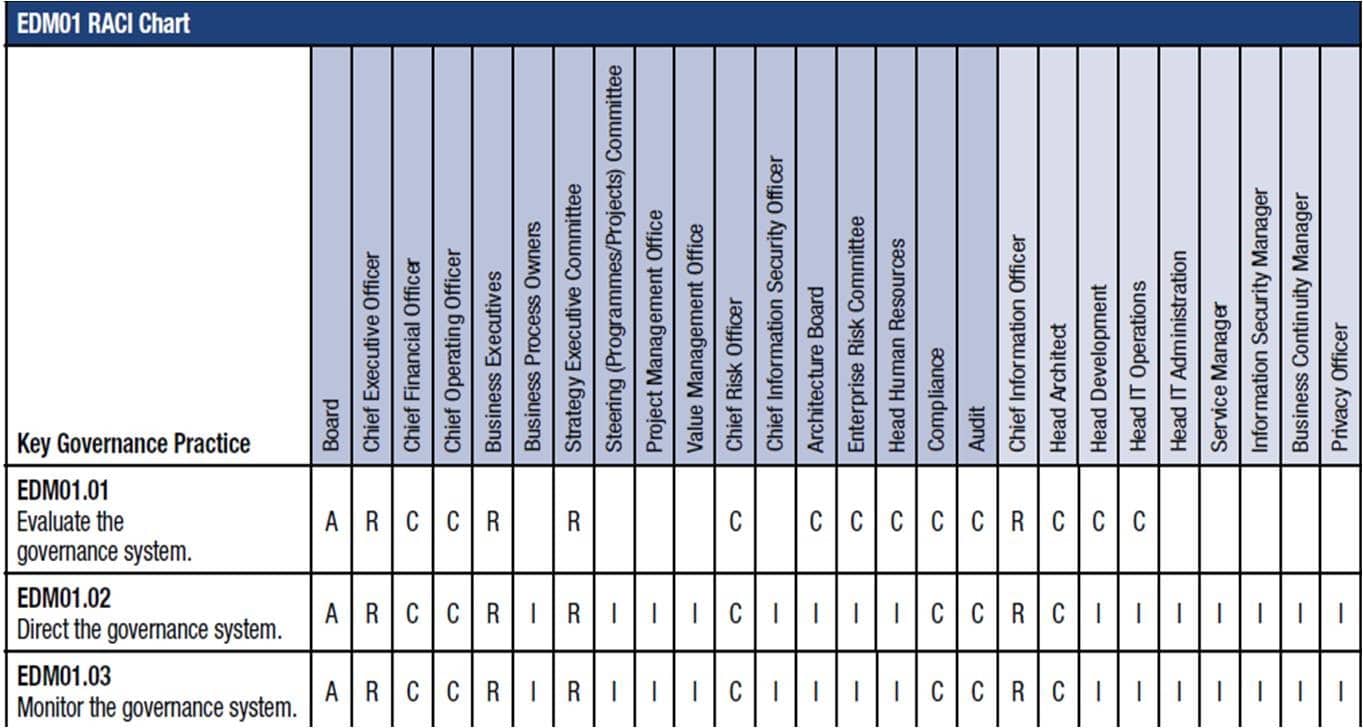No other industry perhaps handles such large volumes of critical financial data more than the banking industry. For decades now, spreadsheets have become permanent fixtures in the front-line reporting tool sets of banks, providing organised information when and where needed.
But as banks enter into a period of heightened credit risks, elevated levels of fraud, and greater regulatory scrutiny, many are wondering if continued reliance on spreadsheets is a wise decision for banks today.
The downfall of Lehman Brothers which eventually led to its filing for Chapter 11 bankruptcy protection on September 15, 2008, served as a wake up call for many institutions across the globe to make a serious examination of their own risk management practices. But would these reforms include evaluating the security of user developed applications (UDAs), the most common of which are spreadsheets, and putting specific guidelines as to when they can – or cannot be – used?
Banks and Spreadsheet Use
Banks have been known to utilise spreadsheets systems for many critical functions because most personnel are well-acquainted with them, and the freedom of being able to develop customised reports without needing to consult with the IT department offers flexibility and convenience. In fact, more than having a way to do financial budgeting and analysing customer profitability, even loan officers and trade managers have become reliant on spreadsheets for risk management reporting and for making underwriting decisions.
But there are more than a few drawbacks to using spreadsheets for these tasks, and the sooner bank executives realise these, the sooner they can adopt better solutions.
General Limitations
Spreadsheets are far from being data base systems and yet more often than not, they are expected to act as such, with figures constantly added and formulas edited to produce the presumably right set of reports.
In addition, data integrity is always a cause for concern as most values in spreadsheets are entered as manual inputs. Even the mere misplacement of a comma or a negative sign, or an inadvertent ?edit? to a formula can also be a source of significant changes in the outcome.
Confidentiality risk is also another drawback of the use of spreadsheets in banks as these tools do not have adequate?access controls to limit access to only authorised individuals. Pertinent financial information that fall into the wrong hands can lead to a whole new set of problems including the possibility of fraud.
Risks in Trading
For trading transactions, spreadsheets can prove to be of immense use – but only for small market volumes. As trade volumes increase and the types vary, spreadsheets are no longer a viable solution and may likely become more of a hindrance, with calculations taking longer in the face of bigger transaction amounts and growing transaction data.
And in trading, there is always the need for rigorous computational functions. Computing for the Value at Risk (VaR) for large portfolios for instance, is simply way beyond the capabilities of spreadsheets. Banks that persist in using them are increasing the risk of loss on those portfolios. Or, they can be opening up?opportunities for fraud?as Allied Irish Bank (in the case of John Rusnak – $690 million) learned the hard way.
Risks in Underwriting
Bankers who use spreadsheets as their main source of information for underwriting procedures also face certain limitations. Loan transactions require that borrowers? financial data be centralised and easily accessible to risk officers and lending officers involved in making decisions. With spreadsheets, there is no simple and secure way of doing that. Information can be pulled from different sources – individual tax returns, corporate tax documents, partnership documents, audited financial statements – hence there is difficulty in verifying that these reports adhere to underwriting policies.
Spreadsheet control and monitoring
Financial institutions which are having difficulty weaning themselves from the convenience and simplicity that spreadsheets offer are looking for possible control solutions. Essentially, they want to find ways that allow them to continue using these UDAs and yet somehow eliminate the?spreadsheet risks?and limitations involved.
Still, the debate goes back and forth on whether adequate control measures can be implemented on spreadsheets so that that the risks are mitigated. Many services have come forward to herald innovative solutions for better spreadsheet management. But at the end of the day, there really is no guarantee that such solutions would suffice.
More Spreadsheet Blogs
?

amazon.co.uk
?

amazon.com
Contact Us
-
(+353)(0)1-443-3807 – IRL
-
(+44)(0)20-7193-9751 – UK





